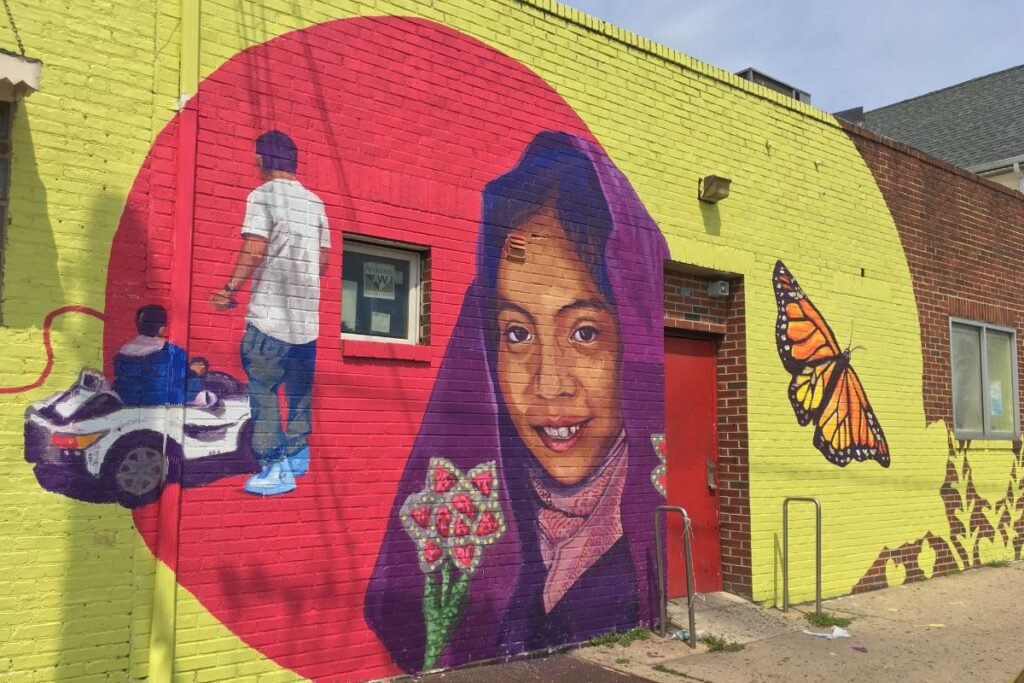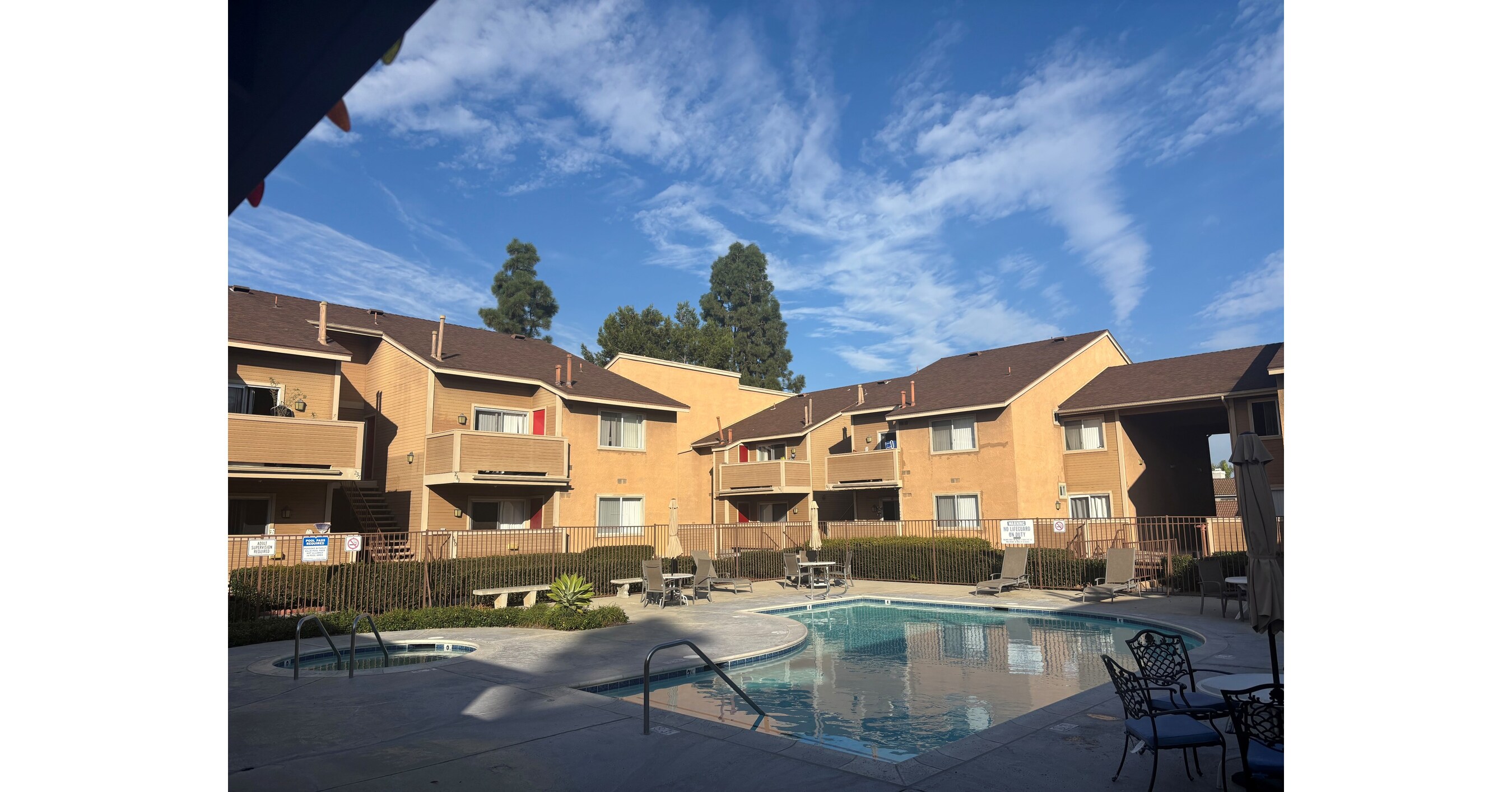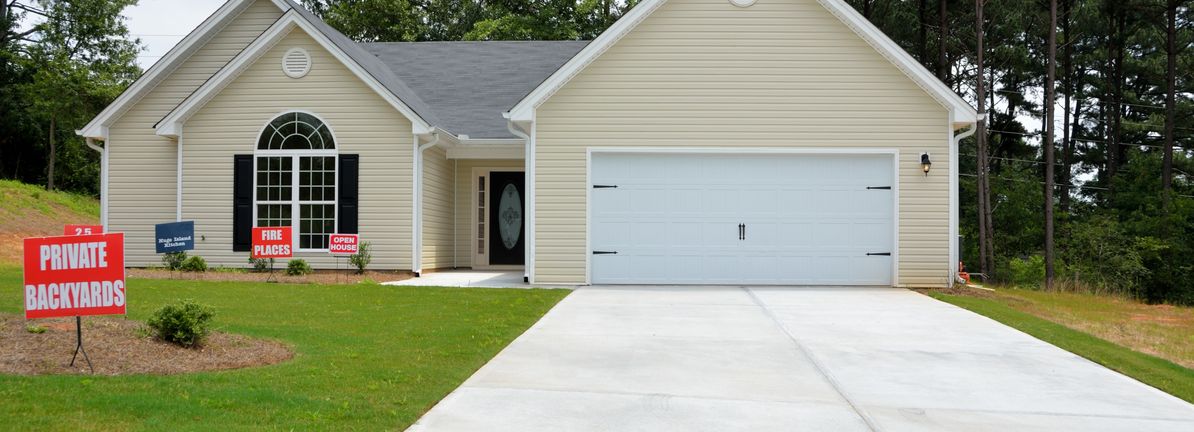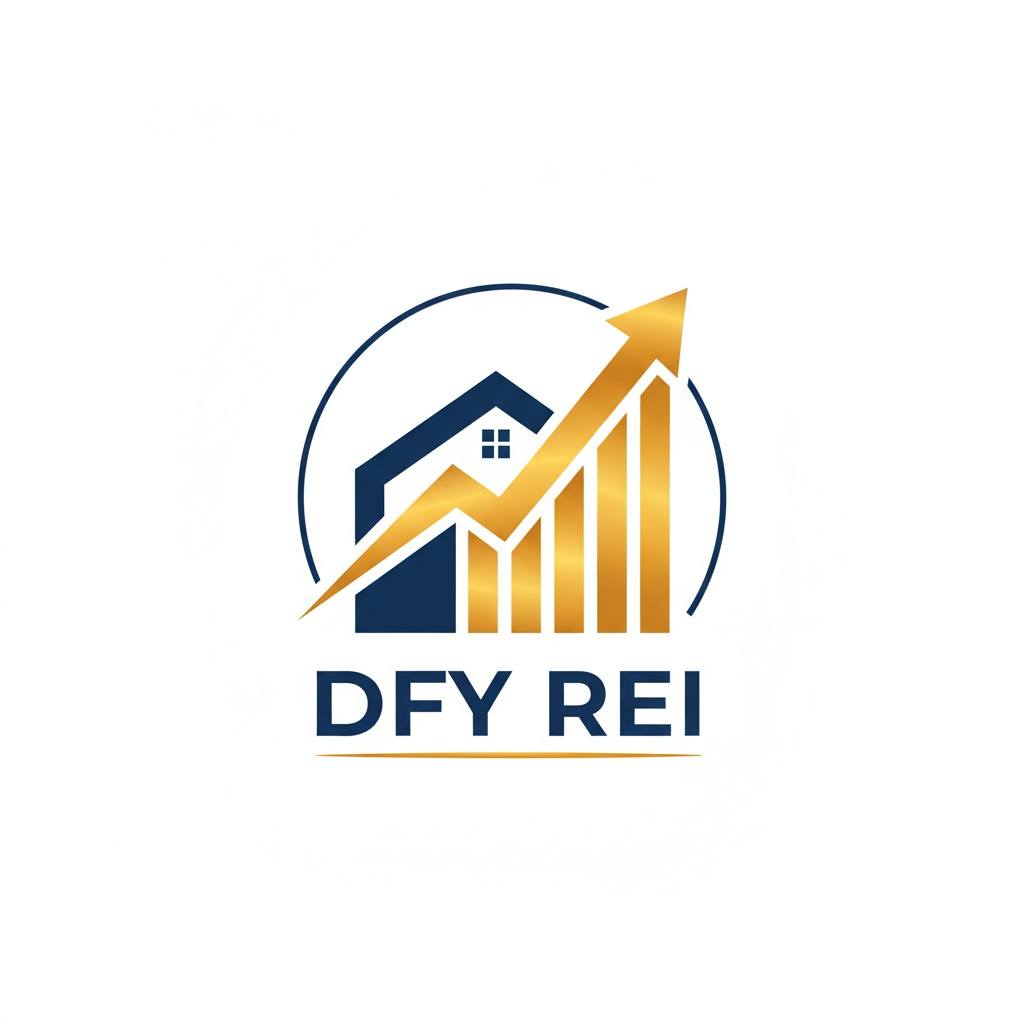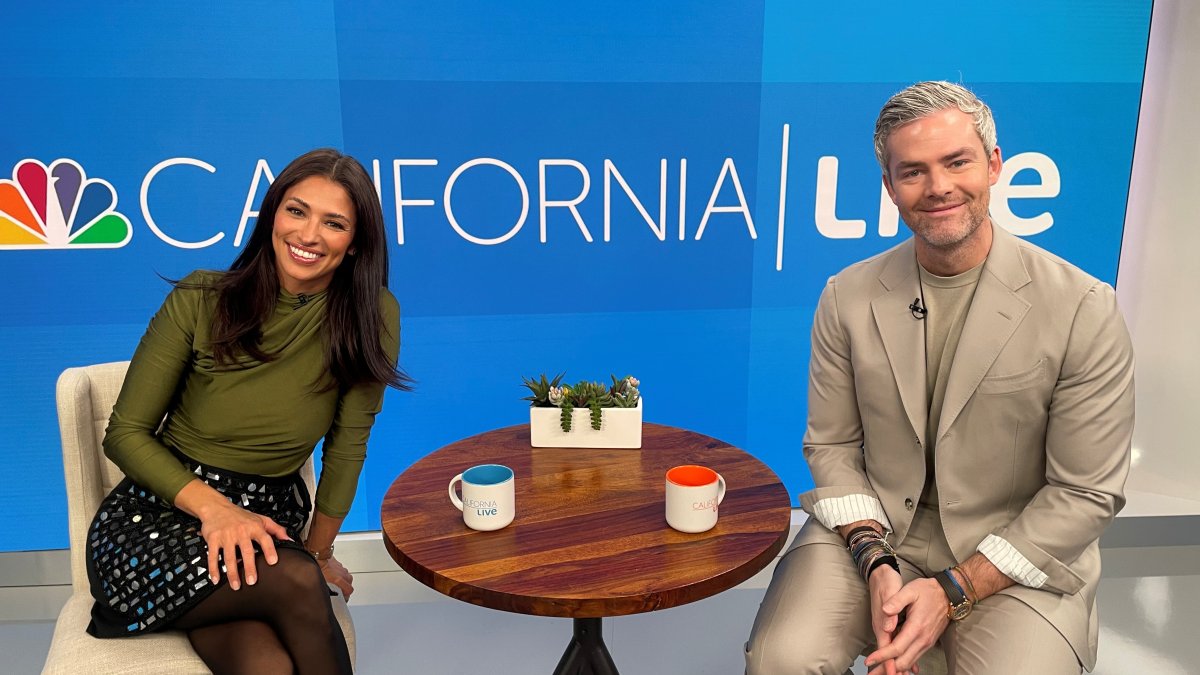�
��Una gota rompe la piedra” by Layqa Nuna Yawar, layqa.info, photographed by Kristen Rae Miranda
Editors’ Note: Originally published in the Summer 2025 issue of Nonprofit Quarterly Magazine, “Land Justice: From Private Ownership to Community Stewardship.”
For those pushing systemic change, the link between neoliberal wealth gaps, a shrinking social safety net, and the weakening of democratic institutions is obvious. The fact that a slumlord—an archetype of the neoliberal era who profited from exploiting low‑income tenants—now holds the presidency feels almost too literal. As federal institutions falter, the urgency to build local economic democracy from the ground up has never been greater.
Economic democracy counters capitalism’s extractive, hierarchical nature by shifting decision‑making from corporations to workers and communities. It ensures wealth and resources are stewarded collectively rather than concentrated in a few hands.
Over the past decade, my work at The Guild has focused on embedding economic democracy in land and labor. The Guild is a worker‑owned cooperative that develops community‑owned models of land, housing, and real estate—democratizing ownership across the two primary wealth‑building tools in the U.S.
When housing is treated as a speculative asset instead of a human right, the system prioritizes extraction over wellbeing. Our vision for economic justice goes beyond higher wages or more affordable housing; it seeks to transform ownership itself to break cycles of harm. Without community control over assets and infrastructure, marginalized groups remain vulnerable to displacement, exploitation, and precarity. Our goal is to decommodify land and housing while building community wealth, enabling communities of color and working‑class groups to shape their own futures.
**The Cost of Commodification**
The root of today’s polycrisis is the relentless commodification of essentials—housing, labor, natural resources—valued only for profit, not for sustaining communities. The Guild operates in Atlanta, which had the highest share of institutional investor ownership of single‑family rental real estate (25 % in 2022, GAO). Institutional purchases have driven up prices, made homeownership unattainable for many, and spurred rent hikes and evictions. Atlanta, once the “Black Mecca,” is no longer majority‑Black.
Displacement is the culmination of generations of policy choices—redlining, urban renewal, dismantling public housing—that destabilized Black and other communities while devaluing their land. As capital returns to these neighborhoods, those who endured decades of disinvestment are pushed out.
The real estate industry has long shaped economic and political systems to preserve capital at the expense of communities. Keeanga‑Yamahtta Taylor notes that the industry framed Black homeowners as a market risk and profited from financial tools marketed as mitigating that risk. From predatory lending that triggered the 2008 crisis to policies diverting public money to policing instead of housing, the industry dictates whose lives—and neighborhoods—are valued.
In 2023, Atlanta allocated only $8 million to its Affordable Housing Trust Fund while authorizing $90 million for a hyper‑militarized police training facility (“Cop City”), now costing $115 million, largely from public funds. This mismatch reflects a national trend: officials treat the housing crisis as a market issue, ignoring policies that perpetuate structural violence.
The problem is not just affordability; it’s ownership and control. Who owns neighborhoods? Who decides land use? Who benefits from rising property values?
**Attempting to Flip the Script**
The Guild interrupts these cycles by ensuring residents have a stake in their neighborhood’s future. Its Community Stewardship Trust (CST) lets residents in a zip code co‑own and steward land together. Instead of being displaced as values rise, neighbors stay, benefit financially, and shape community decisions.
The CST, a public benefit corporation with residents as shareholders, acquires vacant or underutilized properties, codesigns redevelopment with the community, and turns them into assets that meet local needs.
For example, the first Atlanta CST property, a vacant 7,000‑sq‑ft commercial building at 918 Dill Avenue, is being redeveloped into a 21,000‑sq‑ft, three‑story building with two stories of affordable housing above a neighborhood grocery store, commercial kitchens for food entrepreneurs, offices, and event space. Excess income returns to community shareholders as dividends. As property values rise, share prices appreciate, creating a wealth‑building pathway for working‑class residents. More importantly, community shareholders decide which projects develop in their neighborhoods.
**Building a Capital Continuum for Community‑Owned Real Estate**
Real estate development is shaped by policies, financial structures, and market dynamics. Shifting from an extractive to a regenerative, community‑centered model requires engaging every part of this system: challenging appraisal practices, rethinking bank financing, disrupting speculation, resisting ties between real estate and the carceral system, and advocating tax policies that favor collective ownership over private profit.
Reclaiming land and democratizing real estate demands long‑term, flexible capital—not short‑term, project‑based funding. Philanthropy must move from one‑time grants to multi‑year operating grants that allow systems‑change organizations to build lasting infrastructure. Pie‑cemeal funding cannot repair the scale of disinvestment communities of color have endured.
Foundations and impact investors must align their entire portfolios, including endowments, toward systems change. Funding equity initiatives while still investing in extractive real estate models (e.g., REITs) is ineffective.
Community Development Financial Institutions (CDFIs) must also step up. Created to finance projects in disinvested communities, many CDFIs have drifted toward risk‑averse, conventional underwriting, replicating barriers they were meant to dismantle. CDFIs still assess risk through a traditional, extractive lens, prioritizing creditworthiness over community impact. If they priced in the risk of displacement and disinvestment, loan terms could include longer repayment periods, lower rates, and active support for cooperatives, land trusts, and shared‑equity models that build collective wealth.
**Policy and Public Investment Matter**
True scale requires public investment and structural policy changes. In the face of federal abandonment, cities must move beyond subsidizing affordability within the speculative market and actively support alternative ownership models that ensure long‑term community stability.
Key steps include incentivizing community land ownership through land banking, public land transfers, and acquisition funding that prioritizes local stewardship over private speculation. Zoning and tax policies must discourage corporate real estate hoarding and speculation, which drive up values while displacing residents. Public resources should fund permanently affordable housing, leveraging subsidies, low‑cost loans, and community‑controlled financing that prioritize stability and equity over short‑term profit.
Without public investment in democratic ownership, the affordability crisis remains an isolated issue rather than a structural failure of the market‑driven housing system. As long as policy remains tethered to speculative development, wealthy investors—not community members—will dictate who stays and who is forced out.
**Narrative Change Is Part of the Fight**
A major obstacle to systemic change is how we conceptualize land, housing, and real estate ownership. Scaling economic democracy requires a cultural and political shift that redefines housing as a public good, not an investment vehicle, and challenges the myth that private ownership is the sole path to wealth and stability.
The American Dream, built on exclusion, racialized dispossession, and profit over people, has never been viable for most and is now untenable. Solidarity economy models—community land trusts, cooperatives, stewardship structures—offer a real alternative. They allow people to stay in their communities, build intergenerational wealth, and directly influence neighborhood evolution.
Investing in these models expands what is politically and economically possible. At The Guild, we elevate the CST not only as a wealth‑building structure but as a means to reshape how people relate to land, ownership, and each other—creating a true community.
